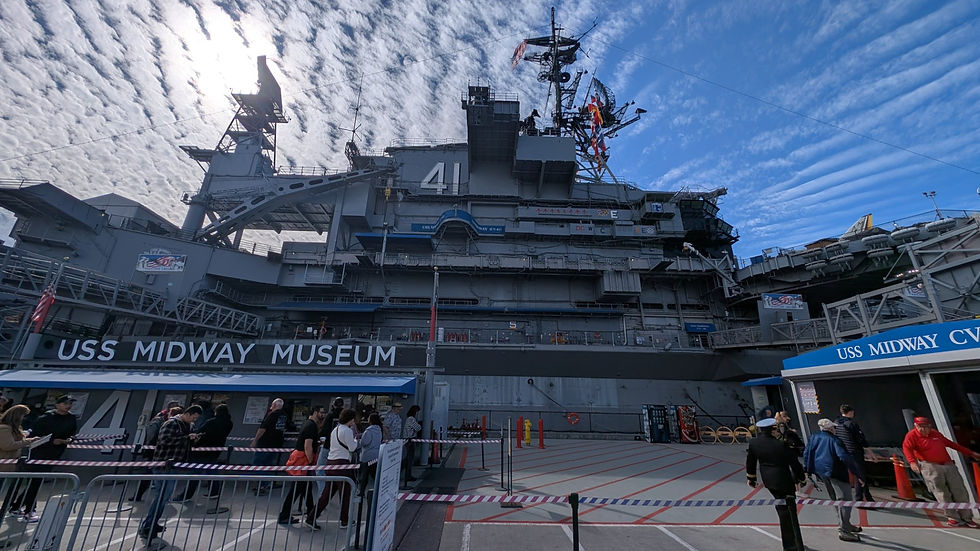
McDonnell Douglas F/A-18A Hornet
(Click on Picture to Bring Up Full Image)

The F/A-18A Hornet is a twin-engine, multirole combat aircraft McDonnell Douglas and Northrop developed. Introduced in the 1980s, it is a versatile platform capable of performing fighter (F) and attack (A) missions, making it a mainstay of U.S. Navy carrier-based aviation for decades.
A single pilot crews the F/A-18A and features advanced avionics, fly-by-wire controls, and a robust airframe suitable for carrier landings. It can reach speeds over Mach 1.8, has a combat range of approximately 500 miles, and can be armed with a 20mm M61 Vulcan cannon, air-to-air missiles (like AIM-9 Sidewinder and AIM-7 Sparrow), and a variety of air-to-ground ordnance, including bombs and rockets on nine external hardpoints.
In Navy service, the F/A-18A performed various roles, including fleet air defense, strike missions, close air support, and reconnaissance. It replaced older aircraft like the A-7 Corsair II and F-4 Phantom II, proving especially valuable during operations such as Desert Storm and later conflicts. Its reliability and multi-role design made it a key component of carrier air wings for over two decades.
The Blue Angels, the U.S. Navy's elite flight demonstration team, flew modified F/A-18A and B Hornets for over 30 years, longer than any aircraft previously used by the team.
